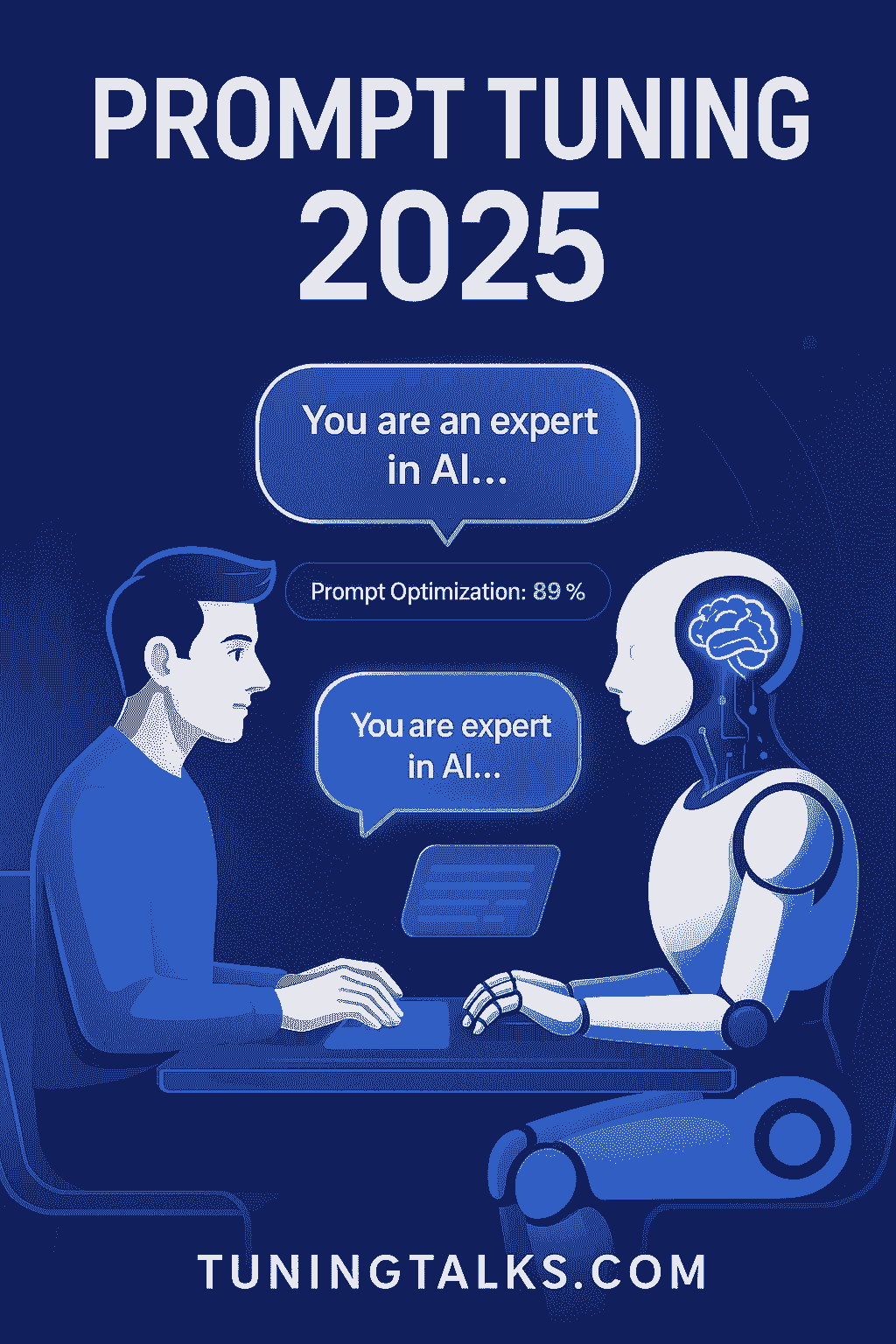Introduction
As AI models become increasingly integrated into diverse workflows, the need for flexible and adaptable training methods grows. Soft prompt tuning is an advanced technique that meets this need by enhancing the capabilities of prompt tuning.
Understanding Soft Prompt Tuning
Soft prompt tuning involves creating and optimizing “soft prompts,” which are continuous, learnable vectors embedded within large language models (LLMs). These prompts dynamically guide the model’s responses, offering greater precision and adaptability compared to fixed prompts or full-model fine-tuning.
Benefits of Soft Prompt Tuning
- Adaptability: Soft prompts can adjust seamlessly to specific tasks and contexts.
- Improved Accuracy: Enables precise control over model responses, enhancing overall performance.
- Cost Efficiency: Reduces computational requirements by limiting parameter updates to the soft prompts only.
Practical Applications
- Advanced NLP Tasks: Ideal for complex tasks like translation, summarization, and sentiment analysis.
- Personalization: Powers personalized experiences in virtual assistants, recommendation systems, and customer service.
Implementing Soft Prompt Tuning
- Initialization: Start by creating initial soft prompts relevant to your task.
- Optimization: Use task-specific datasets to train these prompts, refining their performance iteratively.
- Evaluation and Deployment: Continuously evaluate prompt performance, fine-tuning as necessary before deploying.
Conclusion
Soft prompt tuning offers an innovative pathway to superior AI flexibility and precision. As we continue exploring prompt engineering, understanding and applying soft prompt tuning will be crucial for AI practitioners aiming to optimize their models efficiently.



